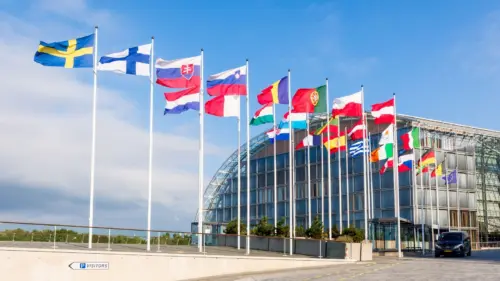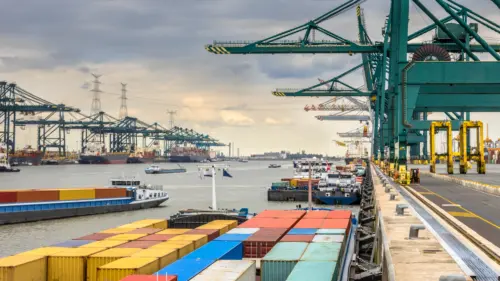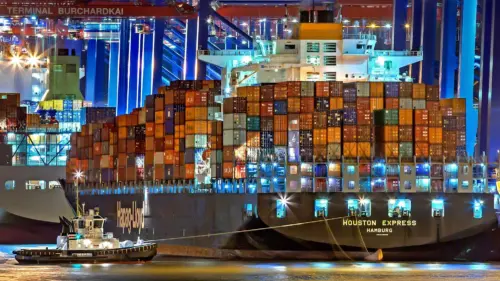Related Articles
View All
The EU’s investment giant needs to step up on clean transport
There are welcome signs that the European Investment Bank intends to tackle transport poverty via the ETS2. The institution should also ramp up suppor...

Shipping e-fuels production in Europe: State of play in 2025
T&E's updated e-fuels observatory

Clean tech producers call on EU to boost support for green shipping fuels in Europe
The EU's early industrial advantage could disappear while international markets mature, warn European clean tech producers